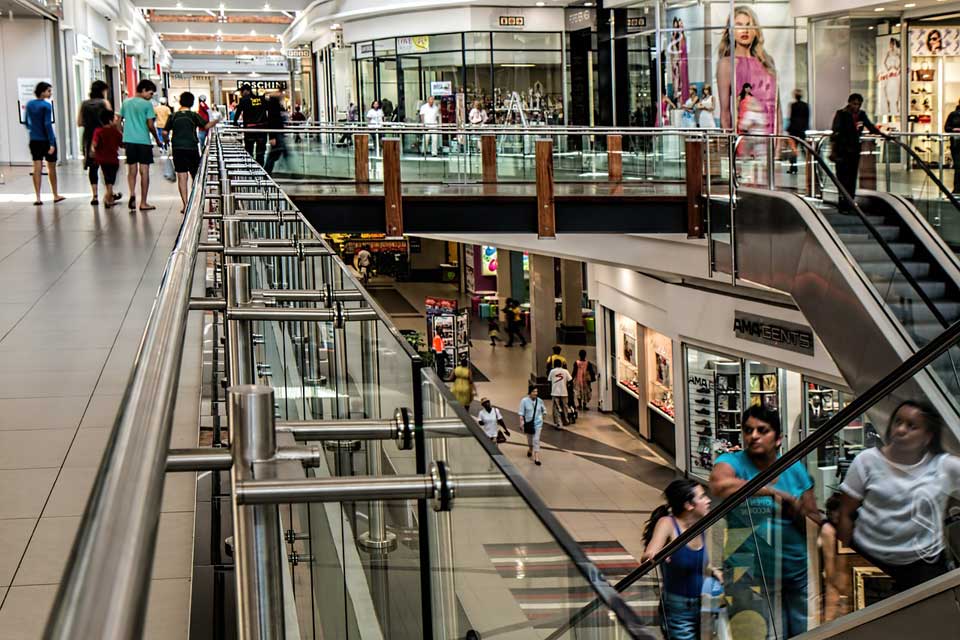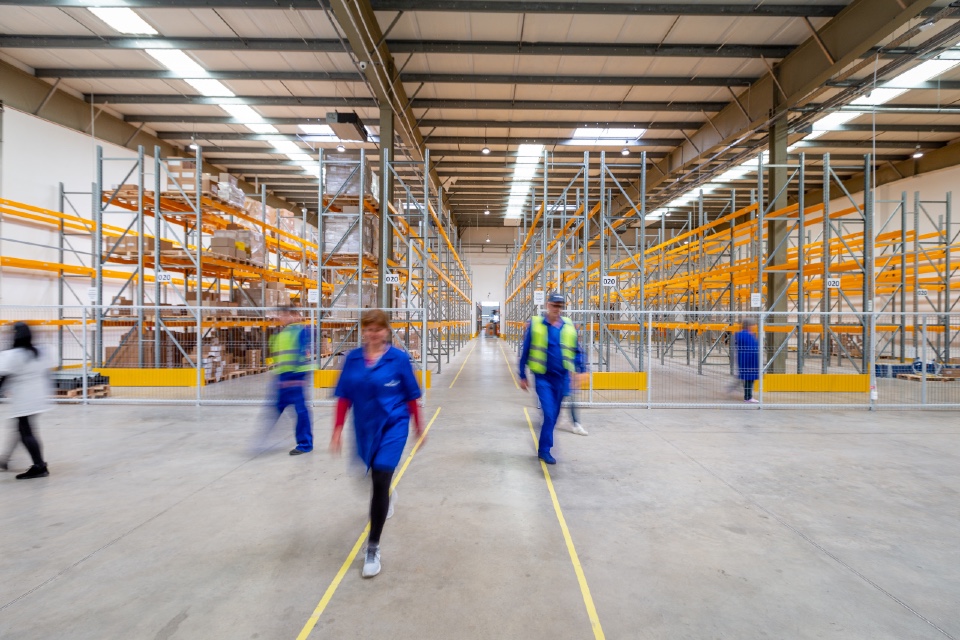By Suzette Meadows, Lead Consultant, Contact Centre/Unified Communications, Exponential-e
While many retailers are beginning to bounce back from the worst effects of the pandemic, others continue to see their bottom lines negatively impacted by its fallout, whether in the form of supply chain delays, staff shortages or rising living costs. All these obstacles pose a potentially disastrous threat if not handled correctly and are challenging retailers to adapt if they’re to survive and thrive in a post-pandemic context.
Technology will be a crucial part of that equation, helping boost operational efficiency and deliver those seamless customer experiences that are crucial for maintaining customer loyalty. Striking a balance between online and in store experiences is central to this process, and there are several learnings that retailers should be taking forward to drive omnichannel success.
- Understanding technology as a core foundation to a seamless retail experience
The draw of having hundreds and thousands of retailers at our fingertips shows no sign of diminishing, with the pandemic further accelerating the trend towards online shopping. Consumers today prize convenience and near-unlimited choice, so retailers simply have to adapt both the in-store experience – which while less popular than several years ago, is still a key source of revenue for many traditional retailers – and online shopping to their ever-changing needs and demands.
Technology will undoubtedly play a pivotal role in this process, helping both online and bricks and mortar stores underpin their product offerings with efficient operations. The last few years have shown that no retailer can predict what will happen in the future, and with supply chain challenges continuing, investing in technology that helps cope with erratic rises and falls in supply is essential preparation for whatever lies ahead.
The potential of software, for instance, is remarkable. Solutions that can help stabilise operations and prepare for unknown terrains, such as Enterprise Resource Planning (ERP) systems, are remarkably mature already and promise transparency across entire business processes. ERP itself makes it possible to track all aspects of production or distribution, financials and back office, while Workforce management solutions can help analyse and predict customer demand and match them with available resources, to ensure your shift patterns and staffing levels are as efficient as possible
These kinds of tools are critical in supporting an omnichannel approach, streamlining processes and gaining greater insight into the business, allowing retailers to make real-time decisions based on what’s best for their customers and employees.
- Efficiency is key
The world is as fast paced as it has ever been, and every day customers expect their experiences and products to be delivered at greater speed. Inevitably, this means an increased use of digital channels and a further elevation of the pivotal role contact centres play in the retail sector. Although often overlooked, contact centres are critical to an omnichannel model of customer service, as their customer service agents – who interact with customers over digital channels such as webchat, video and social media – are at the heart of the digital service delivery. The intelligence and insights they glean from interactions with customers are critical to retailers seeking to assign, manage and more effectively track actions and improve customer outcomes, and a big part of why the contact centre has to sit at the heart of planning and managing customer lifecycles.
- Putting empathy at the heart of customer service
If there’s one learning we’ve all seen from the pandemic, it’s importance of empathy. Its role in any retailer’s customer experience is crucial and simply has to be factored into a customer’s entire journey.
Video is a great place to start. One thing many of us lost and missed during the pandemic was face-to-face contact, which has in turn led to a newfound appreciation for being able to see each other when we communicate. Where in person is not an option, video can provide customer service agents with the critical information they need to better understand a customer’s emotions – body language.
Technology has other roles to play in helping customer service agents build an accurate picture of a customer’s situation and show empathy, too. Big Data and analytics solutions for example can help them focus on what their customers are actually telling them. The point being that while human empathy is critical to a good customer experience, the best agents will not only be able to use their own skills, but will also be able to use insights generated by technology to improve their customer service delivery.
- Brick and mortar stores can still thrive where innovation is involved
Retail organisations have been engaged in a battle between online and in-store shopping for some time. While this battle was certainly heightened by the pandemic, plenty of ‘e-tailers’ and traditional retailers have weathered the challenges and come out the other side stronger. Typically, it’s been those that have demonstrated ingenuity, persistence and a willingness to innovate.
One leader in sustainable energy has been leading by example, embracing digital tools to transform its customer experience and create a seamless journey. To do so, the company is intelligently leveraging the data it has access to, to improve its quality of service, streamline operations and offer a superior experience against competitors. For example, it has adopted a remote payment system and adapted to offer digital menus on its pioneering forecourts, all of which deliver better customer experience and in turn generate huge amounts of data to further personalise and tailor the customer journey. Now, when a visitor connects to charge their car, their regular coffee could be automatically ordered for them, or even a booking made at the gym, or one of the featured restaurants.
Retailers that follow suit will be able to maintain that all-important human touch, while simultaneously introducing a level of efficiency that would previously have been inconceivable.
Innovate to thrive
If retailers want to thrive and succeed in recovering their losses from the pandemic, embracing technology has to be a non-negotiable part of the journey. Digital tools are pivotal to helping retailers deliver the customer experience and service that today’s consumer demands, and a vital enabler of future growth.
Businesses that succeed in carefully assessing their needs and deploying the most appropriate tools to help improve efficiency, demonstrate innovation and enable stronger relationships, will undoubtedly be the market leaders. Others that wish to build the right foundations for seamless operations should look to no further than their example, if they’re to have their own success to celebrate in future.







